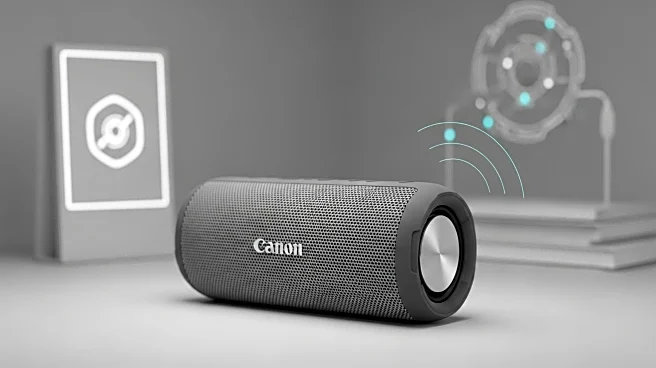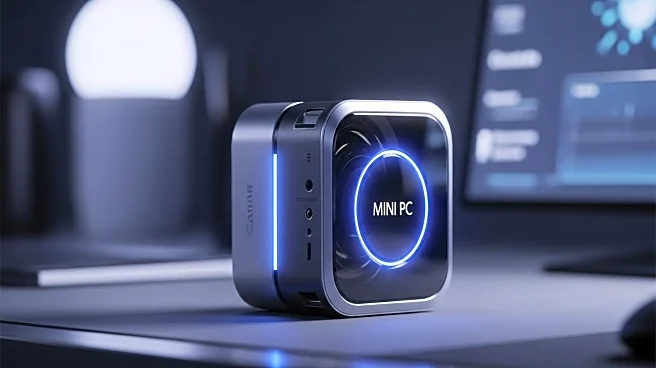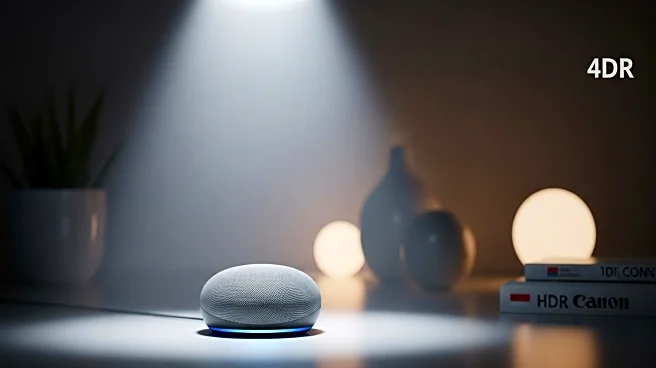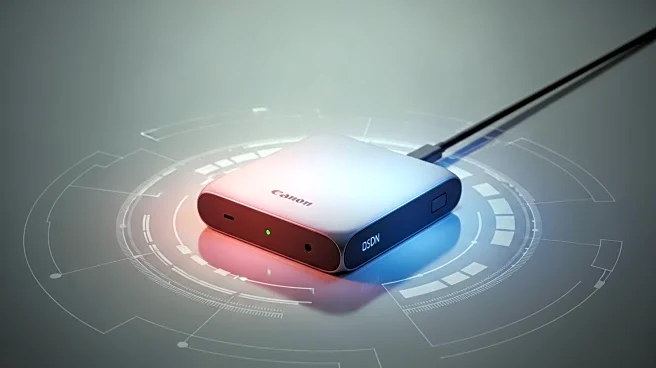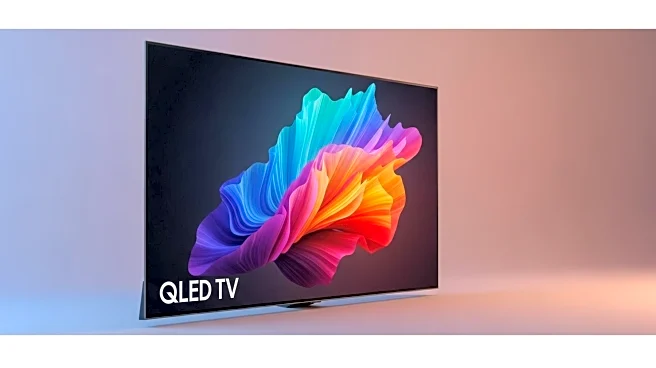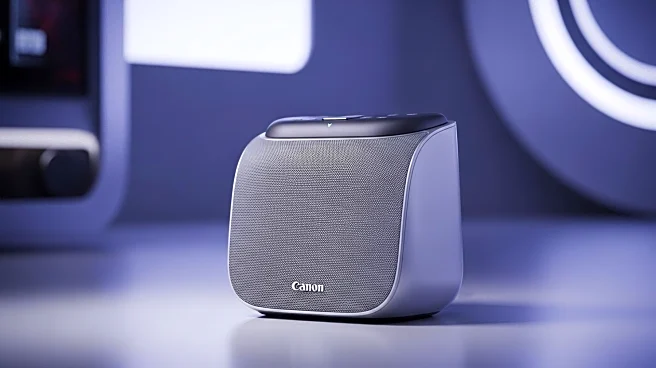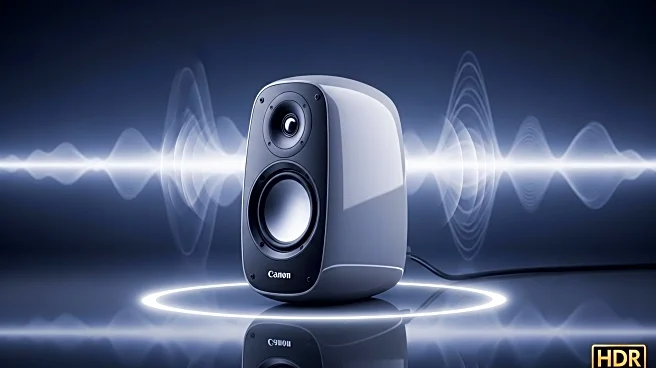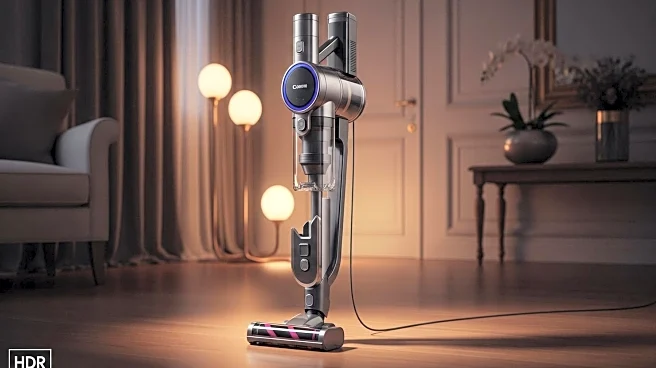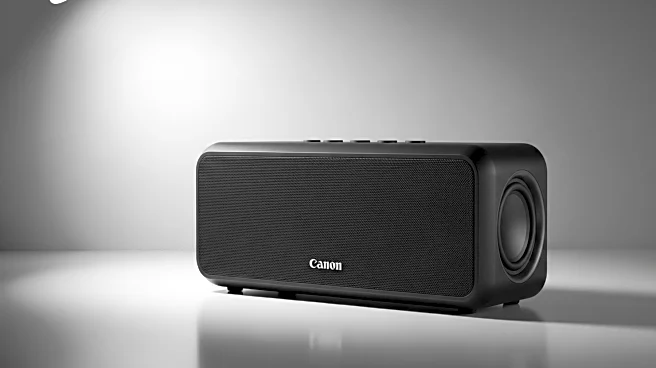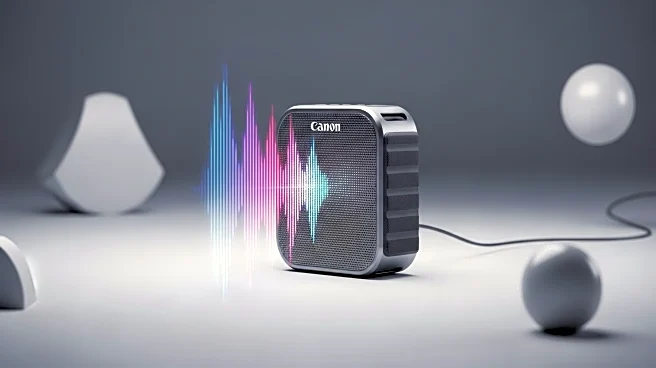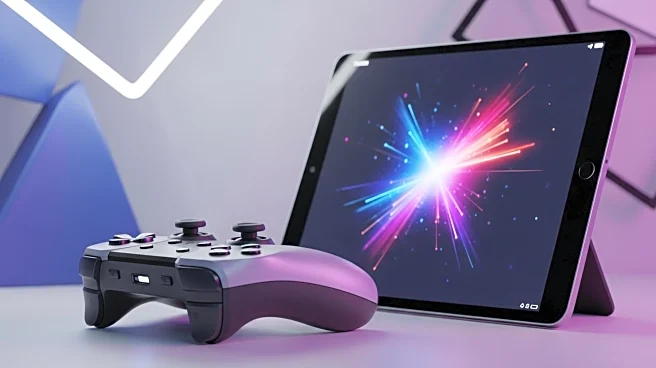What is the story about?
What's Happening?
The portable Bluetooth speaker market has seen significant growth, with two distinct approaches represented by the Ortizan X10 and Sonos Roam 2. The Ortizan X10 is positioned as a budget-friendly option, offering 24 watts of stereo power and extended battery life, making it suitable for outdoor use and social gatherings. It features RGB lighting and multiple connectivity options, including Bluetooth, AUX, and microSD card support. In contrast, the Sonos Roam 2, a premium model, focuses on smart home integration and refined audio quality. It offers features like Automatic Trueplay tuning, Wi-Fi and Bluetooth connectivity, and compatibility with Sonos's multi-room audio systems. The Roam 2 emphasizes audio clarity and ecosystem integration, appealing to users who value sophisticated sound processing and smart features.
Why It's Important?
The comparison between the Ortizan X10 and Sonos Roam 2 highlights the diverse needs of consumers in the portable speaker market. The Ortizan X10 provides maximum features at a budget-friendly price, appealing to users who prioritize practical utility and extended battery life for outdoor activities. Its affordability and versatility make it a strong contender for those seeking value without compromising on performance. On the other hand, the Sonos Roam 2 caters to audiophiles and users invested in smart home ecosystems, offering superior sound quality and integration capabilities. This differentiation underscores the importance of understanding consumer priorities, whether they are immediate utility or long-term sophistication, in shaping product offerings and market strategies.
What's Next?
As the portable speaker market continues to evolve, manufacturers may focus on enhancing smart features and ecosystem integration to cater to tech-savvy consumers. The demand for extended battery life and robust outdoor capabilities could drive innovation in battery technology and durability. Additionally, the integration of voice assistants and smart home compatibility may become standard features, influencing consumer expectations and product development. Companies might also explore partnerships with streaming services and smart home platforms to enhance user experience and expand market reach.
Beyond the Headlines
The rise of smart integration in portable speakers reflects broader trends in consumer electronics, where connectivity and ecosystem compatibility are increasingly valued. This shift may influence the design and functionality of other devices, promoting seamless interaction across various platforms. The emphasis on audio quality and smart features could also impact the home entertainment industry, encouraging the development of more sophisticated audio systems and multi-room setups. As consumers become more accustomed to integrated experiences, the demand for products that offer both convenience and high-quality performance is likely to grow.
AI Generated Content
Do you find this article useful?
